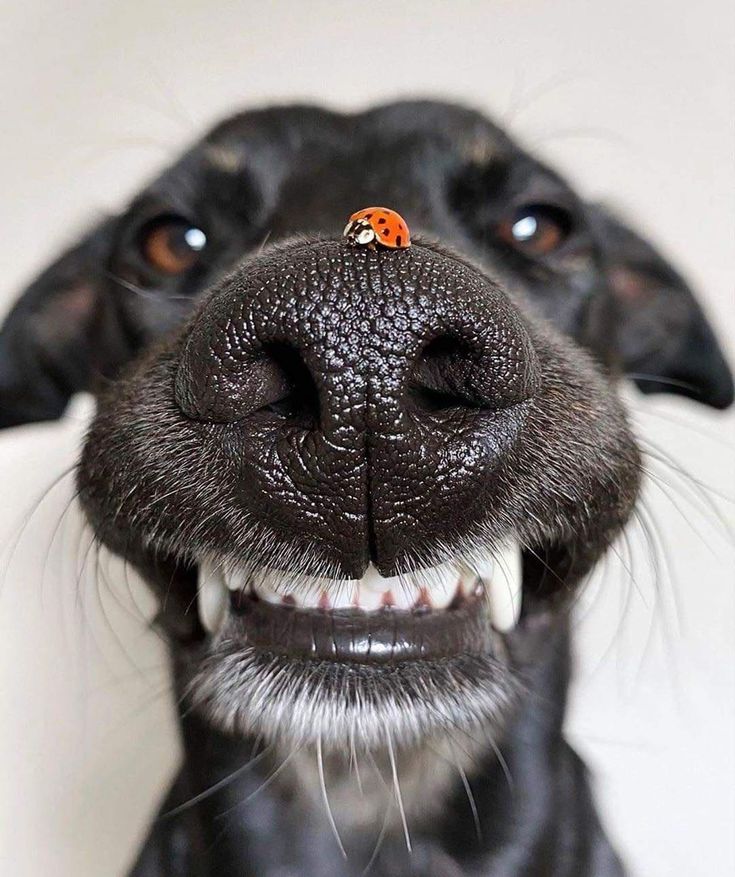The Bothersome Blood-Sucking Bug!
It’s that time of year again here in Ireland, where the warm sunny weather (when we get it!) makes way for muggy, drizzly days.
While it can be nice to feel and smell the crisp cool autumn air, the combination of wet warm weather means it is also the prime environment for pesky parasites to thrive.
Ticks in particular are prevalent this time of year, becoming more of a nuisance. Tick season begins in mid-August and can last as far into late October. There are a lot of horror stories about ticks and dogs, however, with the right information and gentle preventative measures, you will soon see them as a minor inconvenience.
The first line of defence against ticks and other creepy-crawlies is the essential Spot-On topical treatment. This is a strong smelling solution that is applied to the base of your dog’s neck. This helps to kill ticks and fleas as the natural oils in your dog’s coat help to distribute it around the body. It should be applied every month. You can also use an edible tablet such as Bravecto, which remains in their system for up to 12 weeks.
Take care when walking in certain areas, especially wooded or forested areas, areas with long grass and places where there are other animals such as deer, rabbits, etc. Examine your dog carefully if you do happen to walk in places such as these.
Ticks do not jump or fly and they tend to attach themselves by lying in wait on long blades of grass and then grab onto dog’s fur with their eight legs.
They are tiny to begin with, and are usually only spotted when they have become engorged with blood. Their bodies become swollen and their grey/brown skin tends to become shiny. You may need to use a penlight to search through longer coats to find them.
Ticks can attach themselves anywhere but favour moist, hard to reach places such as armpits, behind the ears, the belly and groin, and the head.
To safely remove a tick, we recommend using a tick tool/tick tweezers. Our recommendation is the Ancol model as it features a thin wire loop to slide around the tick. When the tick is spotted, slide the tool under it, as close to the skin as possible.
Very gently, pull directly upwards in a slow and steady motion. Do not jerk or yank the tick as the mouth pieces can become dislodged and remain in your dog’s skin, increasing the risk of infection.
Ensure you clean the bite site with a dog-safe antiseptic. Monitor your dog over the next two to three days for any signs of illness or infection. Pay close attention to the bite site, watch out for any redness, selling, or oozing. Other signs of illness in your dog can include lethargy, decreased appetite, an upset tummy and coughing. Contact your vet if you notice your dog displaying any of these signs.
It is advisable to keep the tick in a sealed container for as long as you are monitoring your dog, as in the case of infection or illness, your vet can identify the tick. Never squash a tick as the blood/fluids they leave behind can cause illness. They can be disposed of by wrapping tightly in toilet roll and flushing them, or they can also be wrapped tightly in tape and binned.
If you want to be extra sure that these nasty creepy-crawlies are dead, you can drop them into a jar of alcohol.
Just make sure you don’t waste the good stuff!
– By Peigi Conneff



